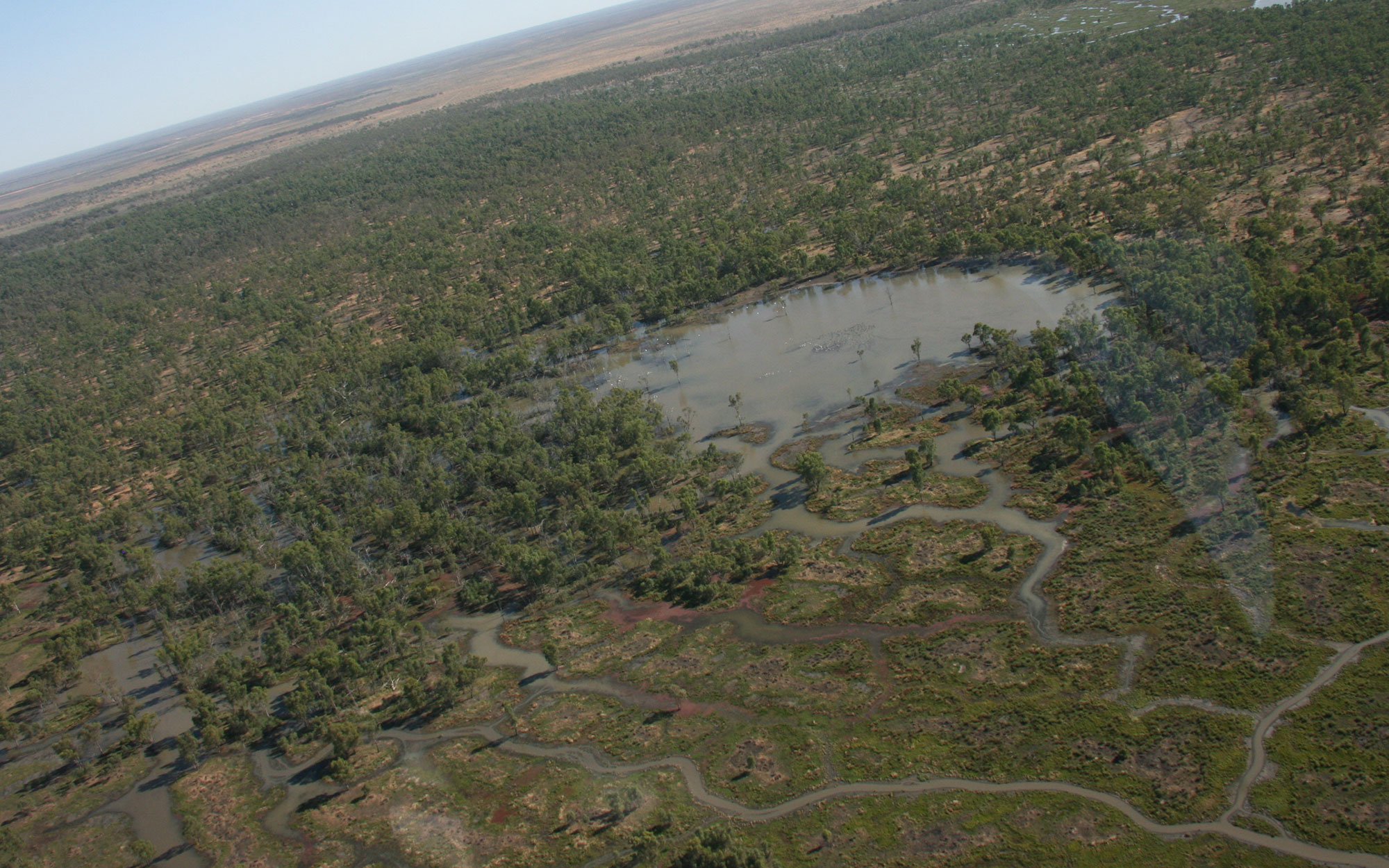About salinity modelling
We use modelling to improve our knowledge of salinity, particularly where data is limited and to add value by combining data to represent processes that are otherwise not easily mapped.
To manage salinity in a catchment we need to know:
- where and how much salt is stored in the landscape
- how salt and water move in the landscape
- how geology and the physical landscape contribute to salinity problems
- what affects how fast salt moves
- how changing something in one place affects other parts of the catchment or basin.
Software modelling tools also support natural resource management by allowing us to explore and evaluate different management options, and by allowing us to extrapolate data where limited information is available.
Instream salinity models of NSW tributaries in the Murray-Darling Basin
- Volume 1 – Border Rivers Salinity Integrated Quantity and Quality Model
- Volume 2 – Gwydir River Salinity Integrated Quantity and Quality Model
- Volume 3 – Namoi River Salinity Integrated Quantity and Quality Model
- Volume 4 – Macquarie River Salinity Integrated Quantity and Quality Model
- Volume 5 – Lachlan River Salinity Integrated Quantity and Quality Model
- Volume 6 – Murrumbidgee River Salinity Integrated Quantity and Quality Model
- Volume 7 – Barwon-Darling River Salinity Integrated Quantity and Quality Model
